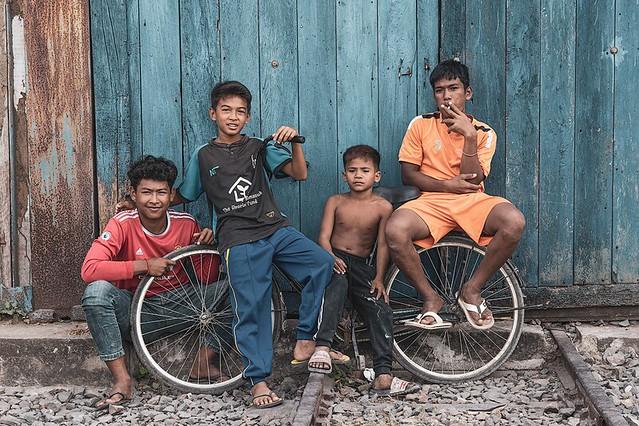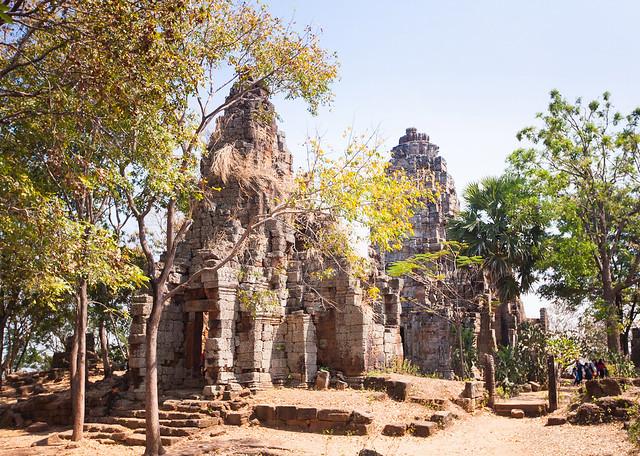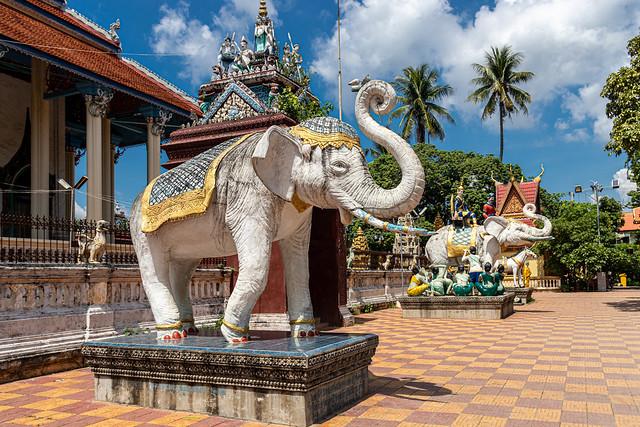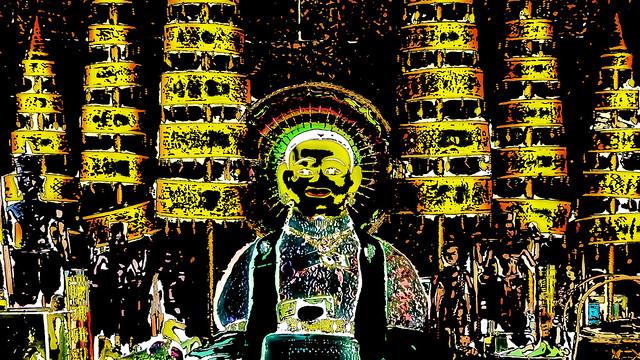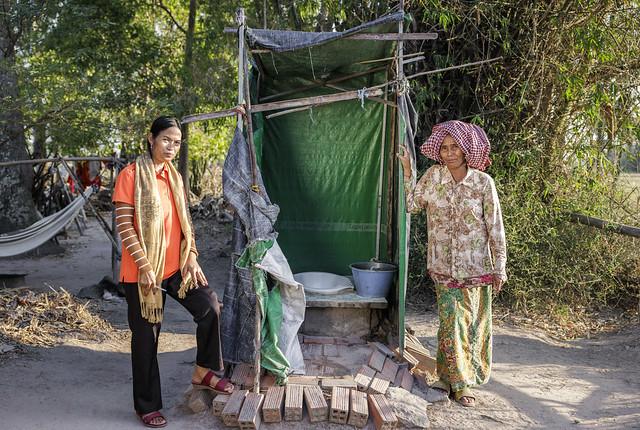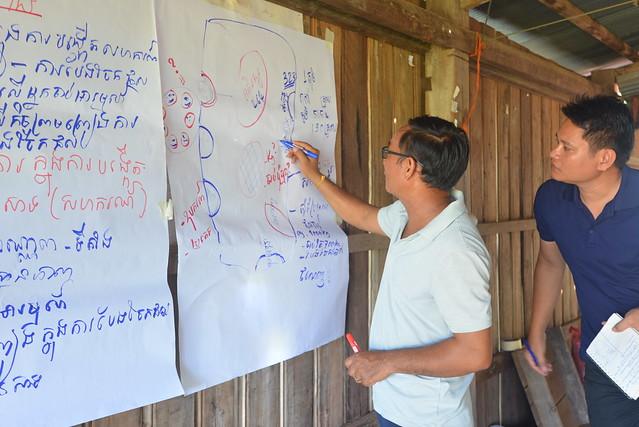Battambang
Overview
Overview of Battambang, Cambodia
Battambang is a captivating province in Northwest Cambodia, known for its rich history, vibrant culture, and scenic landscapes. This region stands out for its colonial architecture, ancient temples, and the famous bamboo train. Battambang is also renowned for its arts scene, with numerous galleries and a thriving community of artists. The local culture is deeply influenced by both Khmer traditions and remnants of French colonial presence, offering a unique blend that fascinates visitors. Rice farming is central to the local economy, and the surrounding countryside is dotted with traditional villages and lush rice paddies, which provide a glimpse into the rural Cambodian way of life.
Tourism High Season and Activities
The high season for tourism in Battambang runs from November to February, when the weather is cooler and dry, making it ideal for exploring. During this period, temperatures are pleasant, usually ranging from 20°C to 30°C (68°F to 86°F). This is the perfect time for outdoor activities such as visiting the ancient temples at Phnom Banan and Phnom Sampeau, taking a ride on the bamboo train, or exploring the bustling markets in the city. Art enthusiasts will enjoy the Battambang Art and Culture Festival typically held in December, which showcases local and international artists.
Preparation for Travelers
Before visiting Battambang, travelers should ensure they have the necessary travel documents, including a valid passport and a Cambodian visa, which can be obtained on arrival or online via the e-visa system. It's advisable to get vaccinated for common travel-related diseases, which can be discussed with a healthcare provider. Packing should include light, breathable clothing for the day and a sweater or jacket for cooler evenings. Mosquito repellent and sun protection are also essential due to the tropical climate. Additionally, learning a few basic phrases in Khmer, the local language, can greatly enhance interactions with local residents, making the trip more enjoyable and enriching.
How It Becomes to This
History not available

You May Like
Explore other interesting states in Cambodia
Discover More Area
Delve into more destinations within this state and uncover hidden gems.


